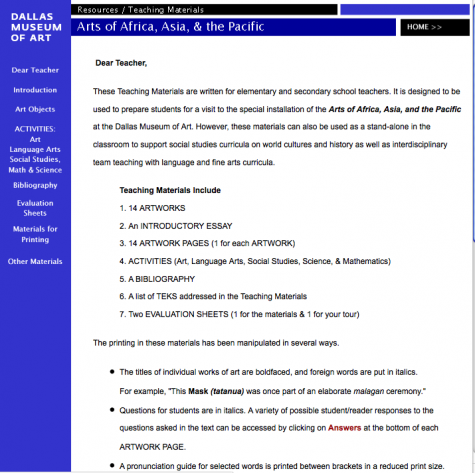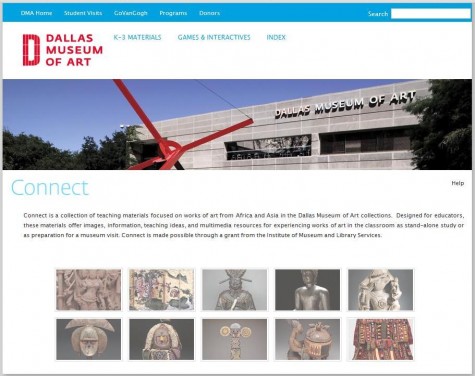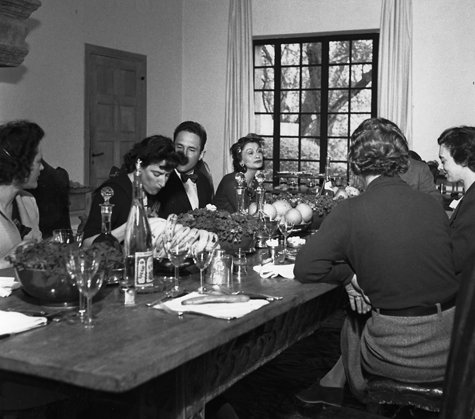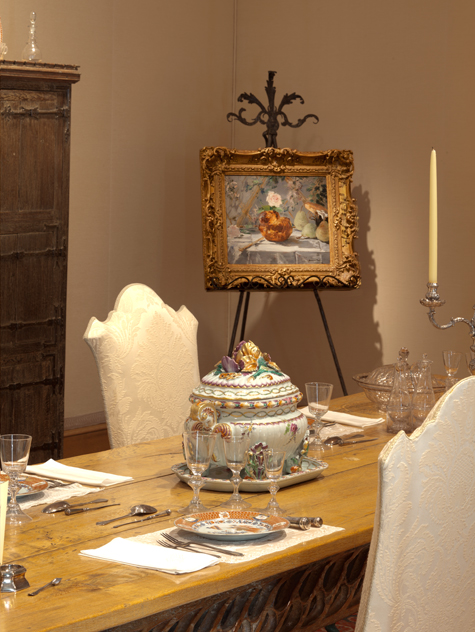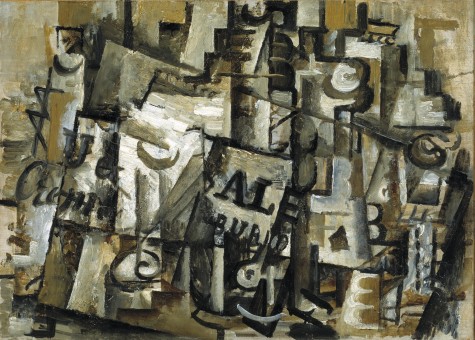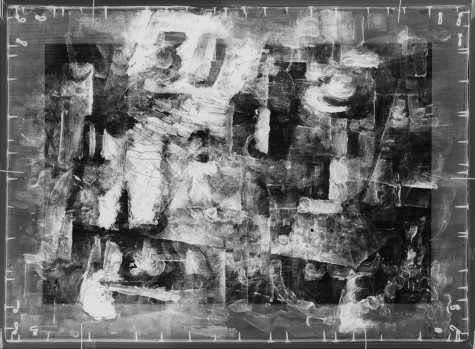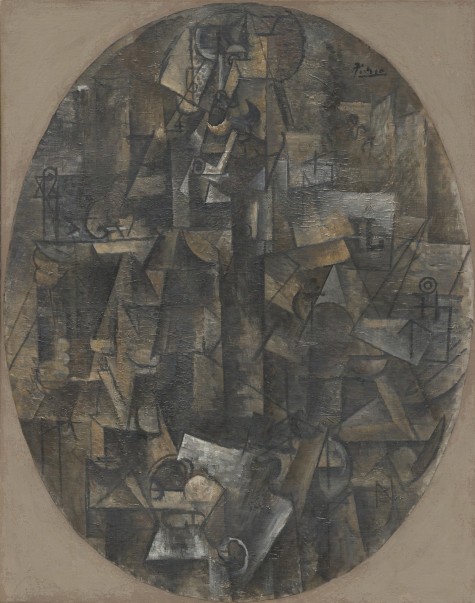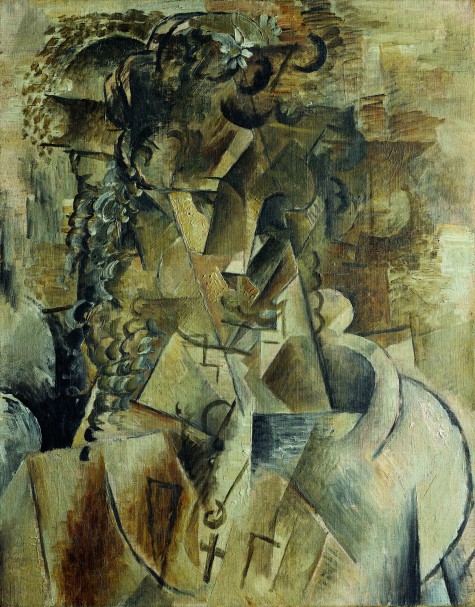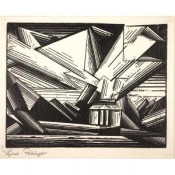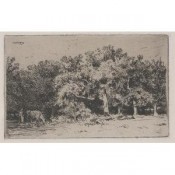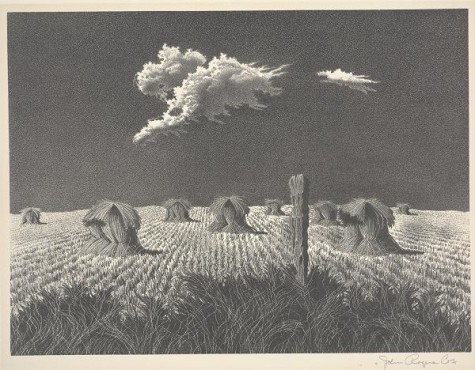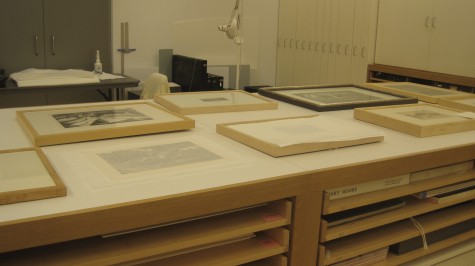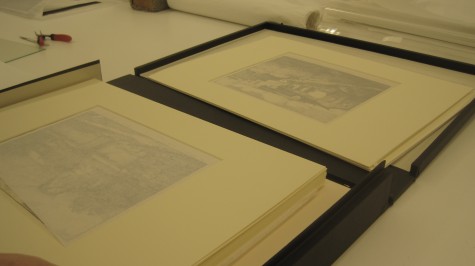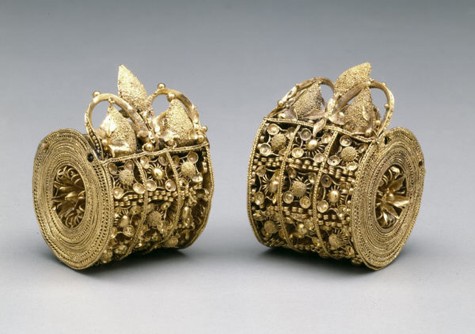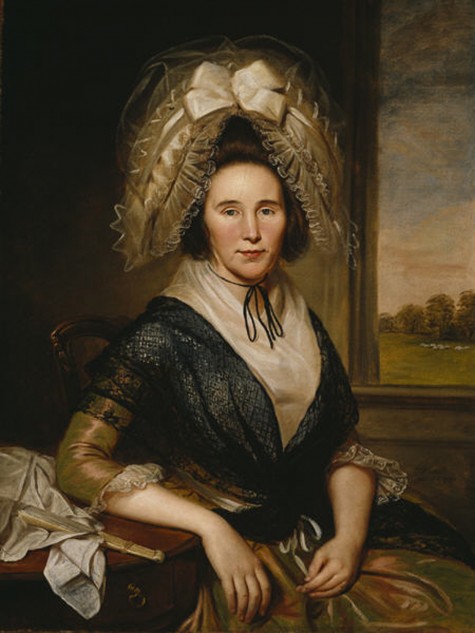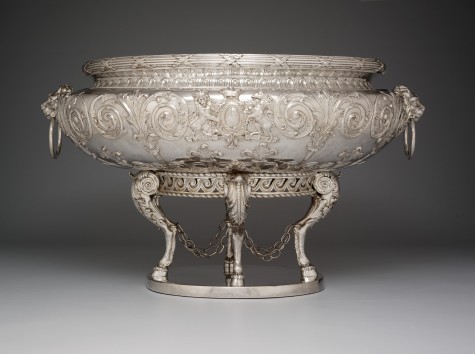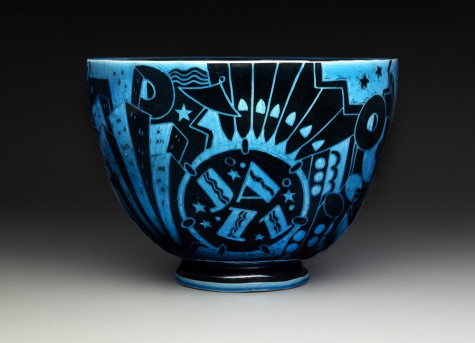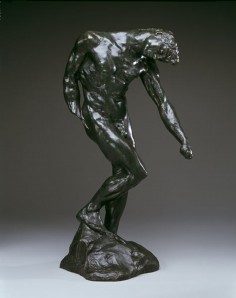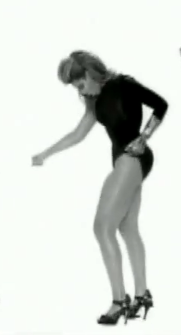Following her new installation in the third-floor galleries of objects that reflect transport along Eurasia’s Silk Road, “seasoned” curator Dr. Anne Bromberg sat down with us to discuss her fascinating career. A lifelong Dallasite—except for her years at Harvard getting her B.A. in anthropology and M.A. and Ph.D. in classical art and archaeology—Dr. Bromberg has been on the staff of the Dallas Museum of Art for more than forty years, first as a lecturer and docent trainer beginning in 1962, then as head of the education department, and currently as The Cecil and Ida Green Curator of Ancient and Asian Art. What’s more, she has led an inspired life, traveling extensively to little-known locales, researching and experiencing the cultures within her discipline.
[slideshow]
Q: How would you describe your job at the DMA?
AB: Most curatorial jobs involve trying to acquire art for the museum, organizing exhibitions and/or working on exhibitions that come to us from elsewhere, publishing, lecturing, working with volunteers, [and] cultivating donors. In terms of legwork, it’s going around and seeing dealers and other collections, visiting other museums, going to conferences, and giving lectures outside the museum.
Q: You are in charge of a very diverse area of the Museum’s collections. What is your particular area of expertise?
AB: Classical art, meaning the art of ancient Egypt, Greece, and Rome, and all Asian art, but I’m mainly working with South Asian art.
Q: How did you become interested in Asian art?
AB: One of the really outstanding teachers I had taught evolution in her biology courses, including historical geology, and I was really fascinated with historical geology and that got me into reading about archaeology. And I thought, this is what I want to do. A good teacher makes a difference. I’ve actually been interested in Asia for a long, long time. When I was an undergraduate, I was reading books on Zen Buddhism and haiku, the Ramayana, and things like that. Books stimulate your passion to go see these things in reality.
Q: What are some of your favorite places you’ve traveled to?
AB: I think both my husband, Alan, and I would say the single favorite place we’ve been is Isfahan in Persia. Italy, of all the European countries, is easily the most seductive, and everybody I know who has been to India is dying to get back. We’ve been there so many times, and you feel like you’ve just scratched the surface.”
Q: What is your favorite object within the ancient and Asian collections at the DMA? Within another collection?
AB: The Shiva Nataraja, because that image is the single most important iconic image in Hinduism generally, and many Hindus would agree with that. It is exceptionally beautiful both aesthetically and because it represents the loving quality of the god Shiva. South Indian Hindu poems describe worship as falling in love with the god, and our Shiva Nataraja is the embodiment of that Chola period poetry.
Brancusi’s Beginning of the World. because of my background, I personally have a strong response to pure geometric forms and classical idealism, and I’m certainly not alone in believing that the ancient Greeks would appreciate that classical, pure, and geometric vision of the beginning of the world.
Q: Do you personally collect art? What types of objects are you most drawn to?
AB: Primarily we’ve collected what I would call third-world contemporary art—things that at the time were being made wherever—New Guinea, India, South America, Mexico, etc.
Q: Why do you think it is important for people to study non-Western art?
AB: If you study non-Western art, you’ll learn what human beings create and why. If you stick only to your own civilization, you are much less likely to think about why these things are being made . . . or about a much more serious question to me, why do we call it art?
Q: Describe your current project, an installation of objects from the DMA’s collections focusing on the Silk Road.
AB: The Silk Road installation is something that has interested me for a long time. We do have a lot of artwork that really displays the meaning of the Silk Road, which tied Eurasia together for millennia. So I was delighted when I got a space where I could show the ties between the Mediterranean world and Asia.
The Silk Road is an ancient transcontinental network of trade routes that spread across Eurasia from the Mediterranean to China and Japan. The phenomenon of the Silk Road is constantly studied and has recently been featured in museum exhibitions around the world. The new installation, organized by Dr. Bromberg, addresses six themes related to the Silk Road, including the development of cities and trade, the importance of animals to early societies, and the spread of religions. The installation presents well-known DMA favorites, such as the Javanese Ganesha and the bust of a man from Palmyra, and new works from several local private collections. Opening this weekend, come see the new installation on Level 3 the next time you visit the DMA.
Ashley Bruckbauer is the McDermott Intern for Programs and Resources for Teachers at the Dallas Museum of Art and Madelyn Strubelt is the McDermott Curatorial Intern of Ancient and Asian Art at the Dallas Museum of Art.
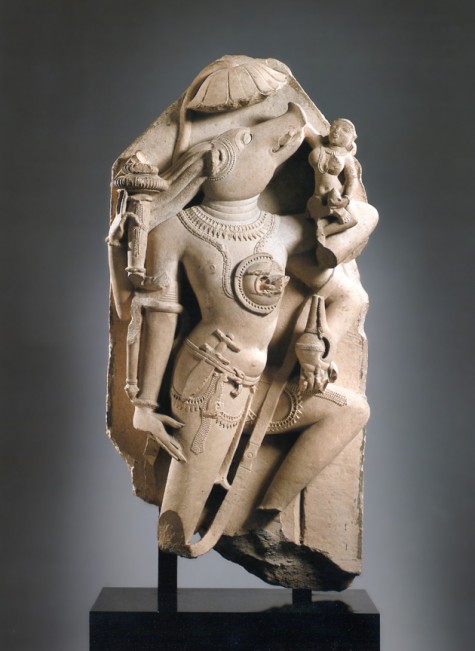
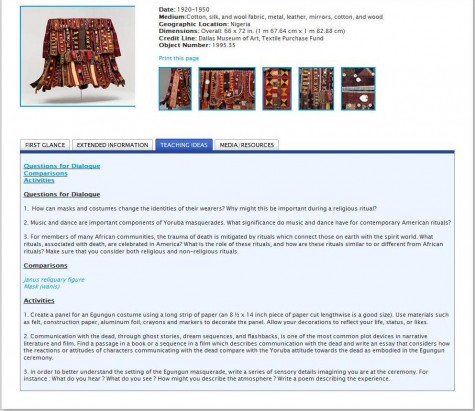 We are very excited to launch this new content next month, and are extraordinary thankful for the many teachers in our community who have helped informed our work along the way. This grant truly has allowed us to transform the way we communicate with and educate our audiences.
We are very excited to launch this new content next month, and are extraordinary thankful for the many teachers in our community who have helped informed our work along the way. This grant truly has allowed us to transform the way we communicate with and educate our audiences.